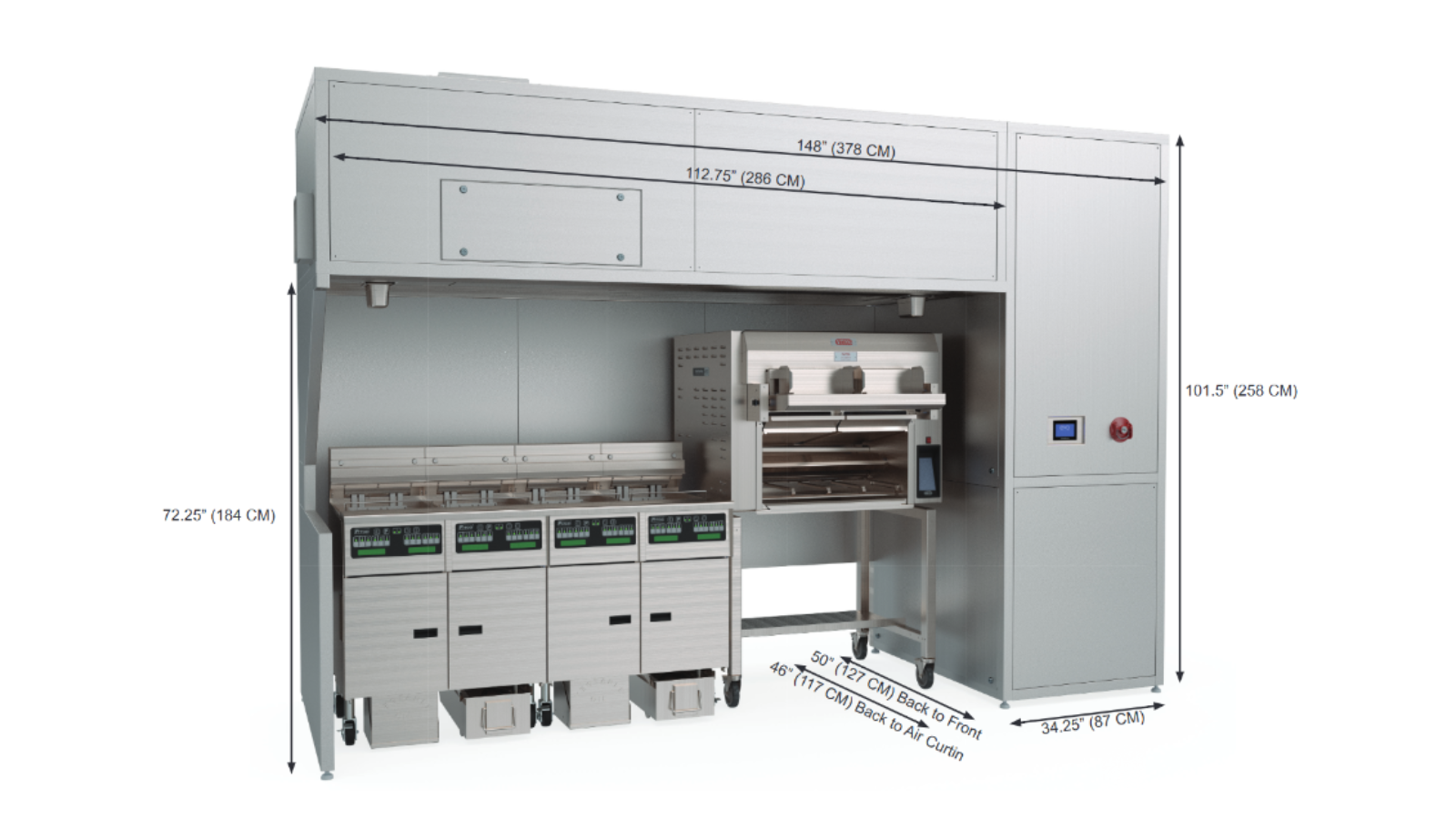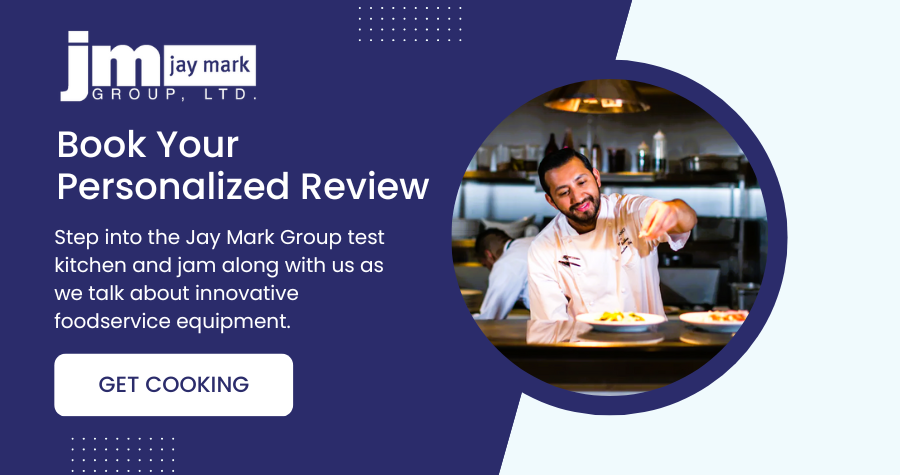Revolutionizing Ventless Technology: Introducing Evo VentCore Universal Ventilation Hood
Ignoring or neglecting ventilation best practices puts your chefs, staff, and valued customers at risk. It can also cost your foodservice business money that ends up eating into profits. By embracing efficient, compliant ventless solutions, your team and guests can be protected while safely cutting operating costs. Here are some tips on how to elevate your restaurant's performance with the proper ventilation strategy.
Uncovering the Challenges of Traditional Commercial Cooking
Commercial kitchens face a higher risk of poor air quality and heat buildup without proper ventilation. The lack of safe ventilation in a commercial kitchen creates excess smoke, fumes, and odors, creating discomfort and potential hazards for your staff and customers.
Inadequate ventilation compromises safety and produces airborne grease particles that accumulate on surfaces, creating a fire hazard if not adequately removed. Proper ventilation helps mitigate this risk for foodservice businesses by channeling grease-laden air outside the kitchen. However, traditional cooking requires a lot of space for ventilation hoods and ductwork. Those requirements limit kitchen designs, consume valuable space, and create excess noise.
The Evolution of Ventless Technology
Ventless cooking equipment emerged as a groundbreaking solution in the 20th century to address the safety risks posed by traditional ventilation. In the 1980s, the ventless fryer entered the foodservice landscape. This ventless technology allowed chefs to fry crispy, juicy foods without requiring extensive ventilation. Additional filtration advancements continued in the foodservice industry during the '90s. Multi-stage filtering began to capture and remove smoke, grease, and odor from the air. Eventually, griddles, ovens, steamers, and charbroilers joined the ventless equipment offerings, providing speed of service and energy savings.
Ventless cooking continues to evolve. Sustainability and energy efficiency are the driving forces behind this commercial cooking revolution.
Enhancing Traditional Cooking Methods and Challenges in Commercial Kitchens
By using commercial ventilation systems, operators mitigate traditional cooking limitations and risks by removing smoke, odors, and unhealthy particles from the air in the restaurant. Proper ventilation ensures compliance with regulations, creates safe indoor air quality, and improves kitchen safety. Properly ventilated systems also prevent moisture damage and mold growth. Furthermore, restaurants that install energy-efficient ventilation reduce maintenance costs and unplanned expenses.
The Future of Ventless Technology is Here
The EVO Ventcore II brings a new level of efficiency and safety to your culinary operation, making this cutting-edge line perfect for any foodservice business:
- Its Fire Suppression System prioritizes safety with a self-contained fire suppression system. Kitchens can now handle potential fire hazards during intense cooking applications.
- The Four-Stage Filtration System captures airborne grease, smoke, and food particles. Keep a clean and sanitary workspace for front and back-of-house teams.
- A Resistive Touch Screen Display easily adjusts temperature presets and monitors filter conditions with a tap, making your cooking experience seamless and efficient.
- The High-Efficiency CFM Downdraft offers a low-noise ventilation solution that efficiently removes heat and cooking byproducts from the air.



